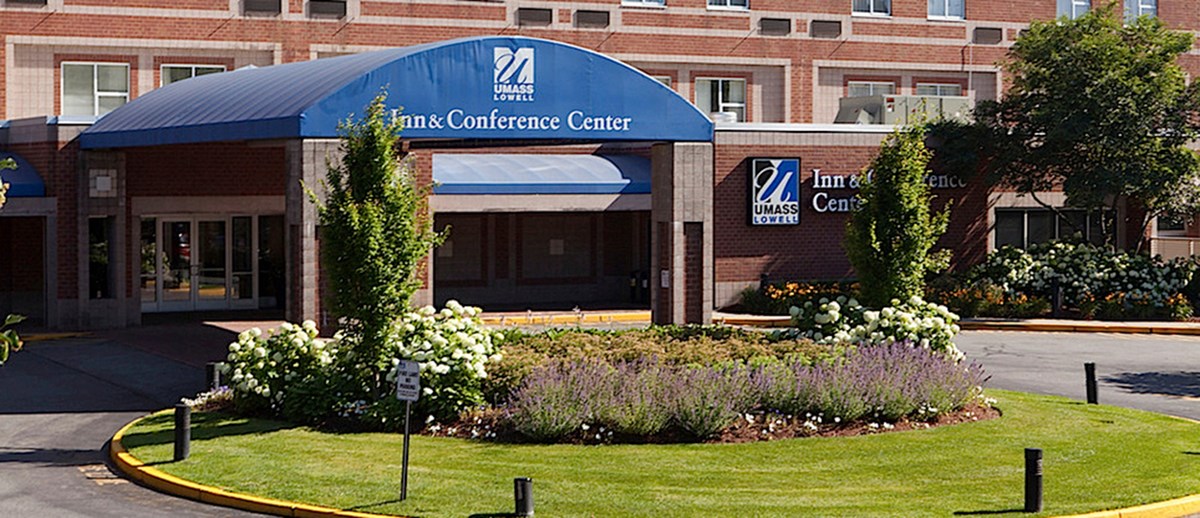Project Will Make Campus Buildings More Energy Efficient

UMass Lowell is a recognized leader in reducing energy use and greenhouse gas emissions, increasing recycling and the use of renewable energy and other clean-energy and environmental quality initiatives.
06/25/2013
By Edwin L. Aguirre
UMass Lowell will soon be able to reduce its annual energy consumption by as much as 21 percent, thanks to the Commonwealth’s (http://www.mass.gov/anf/property-mgmt-and-construction/facilities-mgmt-and-maintenance/energy-and-sustainability/accelerated-energy-program/) Accelerated Energy Program (AEP).
Established in 2011, the AEP is a three-year initiative that aims to cut energy costs among 700 selected sites across Massachusetts, including the University, by making them more energy efficient. In total, the program is expected to create about 4,000 clean-energy jobs and save the state an estimated $43 million annually.
Under the program, the state’s Division of Capital Asset Management and Maintenance (DCAMM) will make improvements to 35 buildings, totaling about 2.8 million square feet, on the North, East and South campuses. These include Olney Hall, the Inn and Conference Center (ICC) and the South Campus Heating Plant.
“DCAMM and the AEP are providing UMass Lowell an opportunity to finance nearly $25 million in energy improvements,” says Thomas Dreyer, associate vice chancellor for facilities management. “This will also reduce our capital deferred maintenance by more than $10 million and improve the quality of our academic learning environment. Besides being environmentally friendly, this project should be able to pay for itself in 15 to 19 years.”
As part of the University’s Energy Conservation Measures (ECMs), the existing 50-year-old boilers at the South Campus Heating Plant, which provides high-pressure steam to heat the buildings, will be replaced with modern boilers that use the hot stack gases to preheat the feed water.
“The combined ECMs will increase the boilers’ thermal efficiency by 10 to 15 percent,” says Dreyer.
He says at the chemical labs in Olney Hall, the ECMs will include replacing the existing makeup air handling and exhaust system as well as fume hoods with high-performance equipment using the latest design techniques.
“These measures will dramatically improve the labs’ operational efficiency as well as industrial hygiene and safety to meet or exceed the latest safety standards,” says Dreyer.
He says the ECMs for the ICC will range from installing water source heat pumps that uses waste heat to improve overall efficiency to using solar thermal energy instead of fossil fuel to supply domestic hot water for use in showers, restrooms, dishwashing and laundry.
Final design and construction is scheduled to begin in September.
Saving Energy Is Top Priority
“Energy is one of the biggest issues in the University that we can tackle,” says Dreyer. “We have a utility bill of more than $8 million a year. We want to reduce that amount because it’s the right thing to do and because we want to provide our students, faculty and staff with a truly ‘green’ campus.”
DCAMM helps by providing loans to state organizations.
“Under the program, DCAMM will contribute $5 million as a ‘down payment,’ and we will finance the balance with them,” explains Dreyer. “They will perform the energy and capital improvements on campus and our energy bill will go down. Then, instead of paying utility companies like National Grid, we pay back DCAMM over time. So we get all the energy conservation and facility improvements, and our net out-of-pocket payments don’t change — we get to redirect the savings, or what we call ‘cost avoidance.’ ”
The AEP is just one part of the University’s multifaceted plan for conserving energy.
“We have energy-saving measures already in place and we have a number of campuswide initiatives on renewable energy and the environment, including the Climate Action Plan and the academic and community outreach programs of the Climate Change Initiative,” says Dreyer. “Basically, over the last couple of years, we have achieved about $2 million in avoided energy costs, which translates to about $200 per student.”
For its efforts and leadership, the University was honored by the Commonwealth last year with Gov. Deval Patrick’s Leading by Example award.
“By reducing our greenhouse gas emission we will also help decrease our carbon footprint, which is in line with the goal of the University’s Climate Action Plan to achieve net-zero carbon footprint by 2050,” says Paul Piraino, energy and sustainability manager in the Office of Facilities Management and Planning.
“The bottom line in the near future is that, as our student population and campus size both continue to grow, our energy consumption will also trend up,” notes Dreyer. “We cannot avoid all increases in energy cost, but we can lessen their impact. Every dollar we save on energy goes somewhere else on campus, whether it’s for student or academic programs, classroom or laboratory renovations or repair and maintenance of campus facilities. The AEP provides us a means to accomplish these things.”
